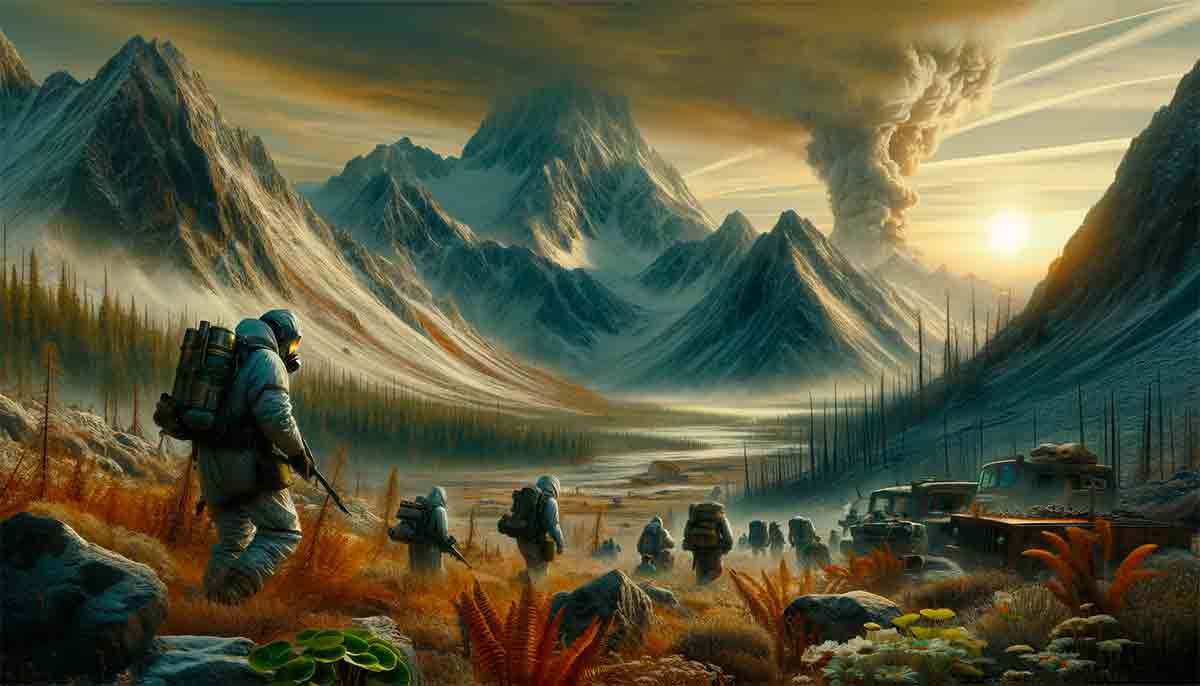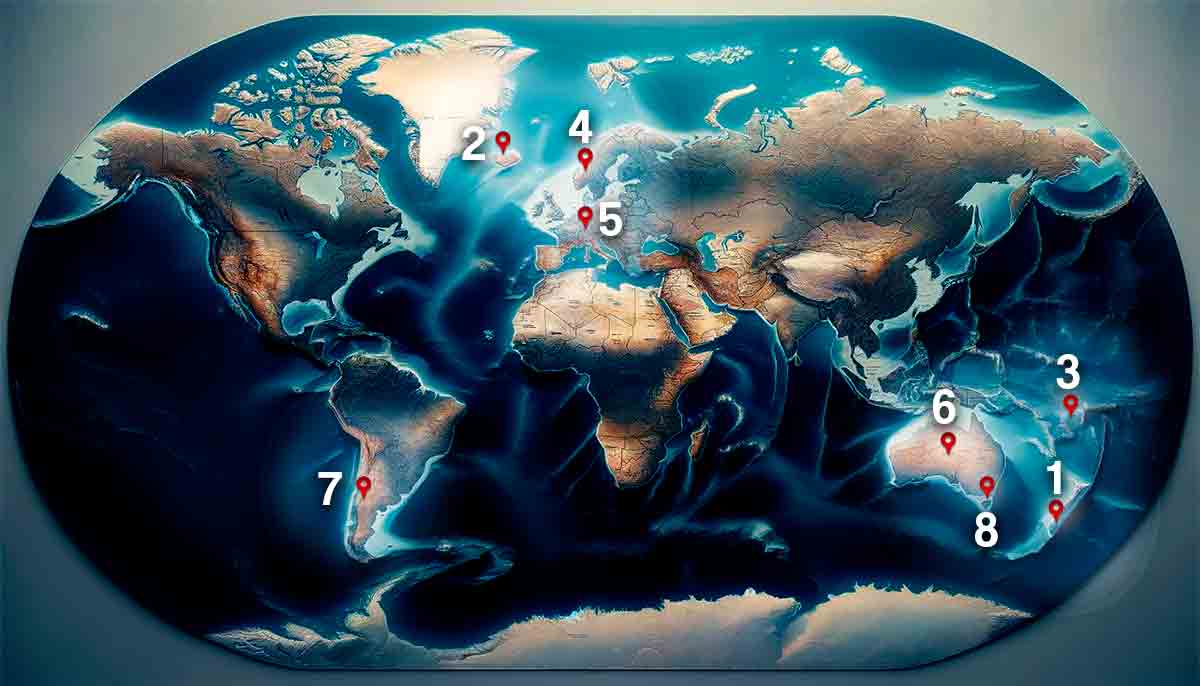

As global tensions escalate with dictators Kim Jong-un of North Korea and Vladimir Putin of Russia, increasing arms trade and threats, concern about a potential nuclear war becomes increasingly palpable.
+ Video Shows Polish Kamikaze Drone Destroying Russian Tor Air Defense System
In a context where The Bulletin of Atomic Scientists recently announced that the Doomsday Clock is alarmingly close to midnight, artificial intelligence experts have provided insights into the best places for long-term survival in the event of a nuclear war.
According to artificial intelligence, survival in a nuclear war is influenced by multiple factors, including proximity to strategic targets, population density, infrastructure, and natural resources.
While it’s impossible to guarantee absolutely safe locations, some regions of the world are highlighted as potentially safer due to their remote location, low population density, and robust infrastructure.
Among the identified locations are:


1 – New Zealand
Recognized for its isolated location in the Pacific Ocean and low population density, New Zealand emerges as one of the safest places to survive a global nuclear war.
2 – Iceland
Due to its small population and geographical isolation, Iceland is considered a less likely target.
3 – Fiji
As a remote island in the Pacific, Fiji could be less directly affected by nuclear conflicts in major population centers.
4 – Norway (especially Svalbard)
Norway and, in particular, the Svalbard archipelago, are highlighted for their isolation and cold climate, which could be advantageous in resource preservation.
5 – Switzerland
Known for its neutrality policies and extensive fortifications, Switzerland is often mentioned as a safe haven.
6 – Australia
Some parts of Australia, especially rural and desert areas, are highlighted for their low population density and distance from global centers.
7 – Patagonia (Argentina and Chile)
This remote region of South America is valued for its isolated location and low population density.
8 – Tasmania
The island south of Australia offers isolation and a self-sustainable environment.
Source: Chat GPT / The Bulletin of Atomic Scientists
